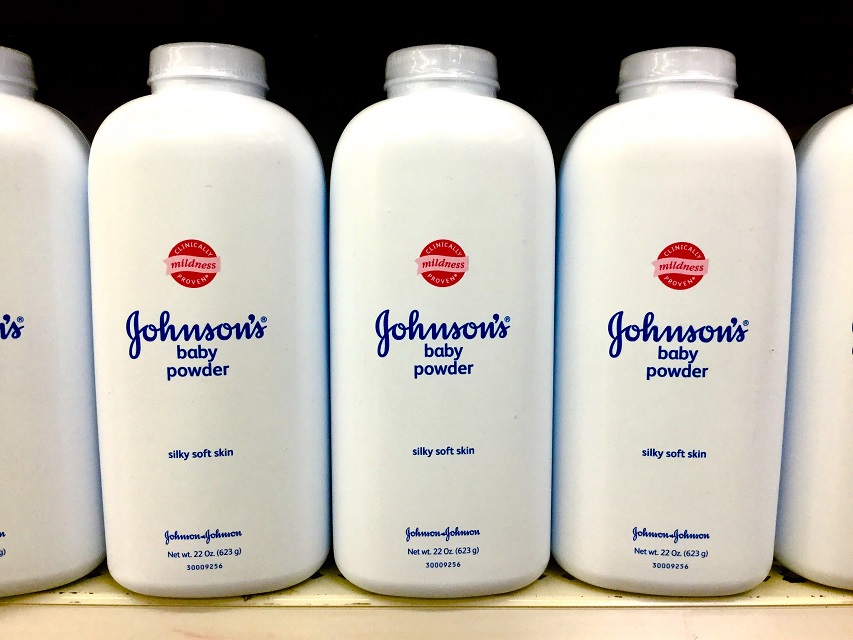For decades talcum powder has been a staple in households worldwide, revered for its soothing and drying properties. However, this seemingly harmless household product has become the center of a swirling controversy in recent years. Allegations linking talcum powder to cancer have ignited a legal battle of significant proportions, raising concerns about the safety of using this popular personal care item.
This article delves into the intricate web of the talcum powder controversy, exploring the legal landscape, scientific evidence, and ongoing battles between plaintiffs, defendants, and regulatory bodies.
Understanding Talcum Powder
Composed primarily of talc, a naturally occurring mineral, talcum powder has been used for its moisture-absorbing and friction-reducing properties. That makes it a popular choice for personal hygiene and skincare routines.
In its natural form, talc often contains traces of asbestos, a group of minerals known for their carcinogenic properties. Asbestos exposure has been linked to serious health conditions, including different types of cancers. This association has raised concerns about the safety of talcum powder, particularly when used on sensitive areas like the genitals.
Health Concerns & Scientific Studies
While many researchers have focused on the potential link between talcum powder and ovarian cancer, other health concerns have also emerged.
Recent news on health concerns regarding talcum powder comes from several studies. These studies have found that long-term talcum powder use was associated with a small but statistically significant increased risk of developing ovarian cancer.
According to Drug Watch, the International Agency for Research on Cancer (IARC) has classified talc contaminated with asbestos as a known human carcinogen. Extensive studies have linked asbestos-contaminated talcum powder to various cancers, including ovarian cancer, lung cancer, and mesothelioma. The association between asbestos-contaminated talc and these diseases has been well-established.
However, it’s important to note that the IARC has not definitively classified asbestos-free talc as carcinogenic to humans. The research and evidence regarding the potential health risks of asbestos-free talcum powder are still being evaluated and remain a subject of scientific investigation.
It is worth mentioning that while some studies have suggested a potential link between talcum powder and adverse health effects, other research findings have been inconclusive or conflicting.
Lawsuits & Legal Proceedings
The legal battles have focused on allegations that long-term talcum powder use has caused serious health issues, including ovarian cancer and mesothelioma.
These lawsuits have not only impacted the financial standing of manufacturers but have also spurred increased scrutiny and regulation by governmental agencies and health organizations. As a result, the outcomes of these legal battles will play a crucial role in shaping the future of the talcum powder industry and determining the responsibilities of manufacturers in ensuring consumer safety.
To understand the scope of the lawsuits, it is important to examine the criteria involved. For example, you can look at Johnson & Johnson and the talcum powder lawsuits they’ve faced.
According to the J&J talcum powder lawsuit criteria, plaintiffs typically need to demonstrate elements like long-term use, diagnosis of a related health condition, and negligence of the company to provide adequate warning.
As the number of lawsuits against J&J and other manufacturers continues to rise, courts have delivered mixed verdicts. Some cases have resulted in significant financial settlements for plaintiffs, while others have seen juries ruling in favor of the defendants.
However, according to TorHoerman law firm, in a recent announcement, Johnson & Johnson has revealed their decision to discontinue the global sales of talc-based baby powder starting in 2023.
Regulatory Actions & Warnings
Government agencies and health organizations have been actively involved in monitoring and regulating the talcum powder industry to ensure consumer safety.
Recent data shows that regulatory actions have been taken in response to the concerns surrounding talcum powder. In 2020, the U.S. Food and Drug Administration (FDA) conducted a study examining samples of talc-based cosmetics, including talcum powder. The study results in 2022 found traces of asbestos in a small number of the tested products, reinforcing the importance of stringent quality control measures.
As a result of these findings and increasing public scrutiny, regulatory bodies have implemented measures to address the potential risks associated with talcum powder.
Industry Response & Product Alternatives
In light of the controversies and lawsuits, some manufacturers have taken steps to reformulate their talcum powder products or remove them from the market altogether. These companies have sought alternative ingredients or introduced talc-free alternatives, providing consumers with options perceived as safer and potentially less controversial.
Alongside product alternatives, increased transparency and clearer labeling have become focal points for the industry. Some manufacturers have enhanced their labeling practices to include more explicit warnings about the potential risks of talcum powder use.
They have also prioritized rigorous testing procedures to ensure their products are free from asbestos contamination, providing consumers with greater peace of mind.
Public Perception & Impact On Sales
The talcum powder controversy has profoundly impacted public perception, leading to a shift in consumer attitudes and preferences. As concerns about the safety of talcum powder have intensified, it has significantly influenced purchasing decisions and sales within the industry.
The impact on sales has been notable. Market reports indicate that the demand for talcum powder has experienced a decline in recent years, with sales figures reflecting a downward trend. This decrease can be attributed to a combination of factors, including negative media coverage, growing awareness of potential risks, and the availability of alternative products.
The public perception of talcum powder continues to evolve as more information becomes available and legal battles persist. As a result, the impact on sales clearly indicates the significant influence that consumer perception and awareness can have on the market.
Future Implications & Considerations
The controversies surrounding talcum powder have prompted regulatory bodies to reevaluate safety guidelines, testing protocols, and labeling requirements. As scientific research and legal proceedings progress, talcum powder product regulations will likely continue to evolve, aiming to enhance consumer safety.
With the growing number of lawsuits and large-scale settlements related to talcum powder, manufacturers face financial risks and potential damage to their reputations. These outcomes may prompt companies to further enhance product safety measures, explore alternative ingredients, or exit the talcum powder market altogether.
Moreover, the controversies surrounding talcum powder have created a demand for alternative products and innovations. As a result, the market has seen a rise in talc-free alternatives and products that address similar needs without the perceived risks associated with talcum powder.
According to Grand View Research, in 2020, the talc-free segment dominated the market, capturing a substantial 75% share of total revenue.
This significant market share can be attributed to the soaring demand for organic baby care products. Manufacturers also continuously invest in research and development to meet evolving consumer preferences and expectations.
To Conclude
The baby powder controversy surrounding talcum powder has cast a spotlight on the intersection of health, regulation, and consumer trust. In addition, the legal battles, scientific studies, and evolving public perception have brought about significant implications for the talcum powder industry.
As lawsuits mount and regulatory agencies scrutinize product safety, manufacturers face the challenge of addressing consumer concerns and adapting to changing market dynamics. The emergence of talc-free alternatives and enhanced labeling practices reflects the industry’s response to consumer demands and the need for transparency.



